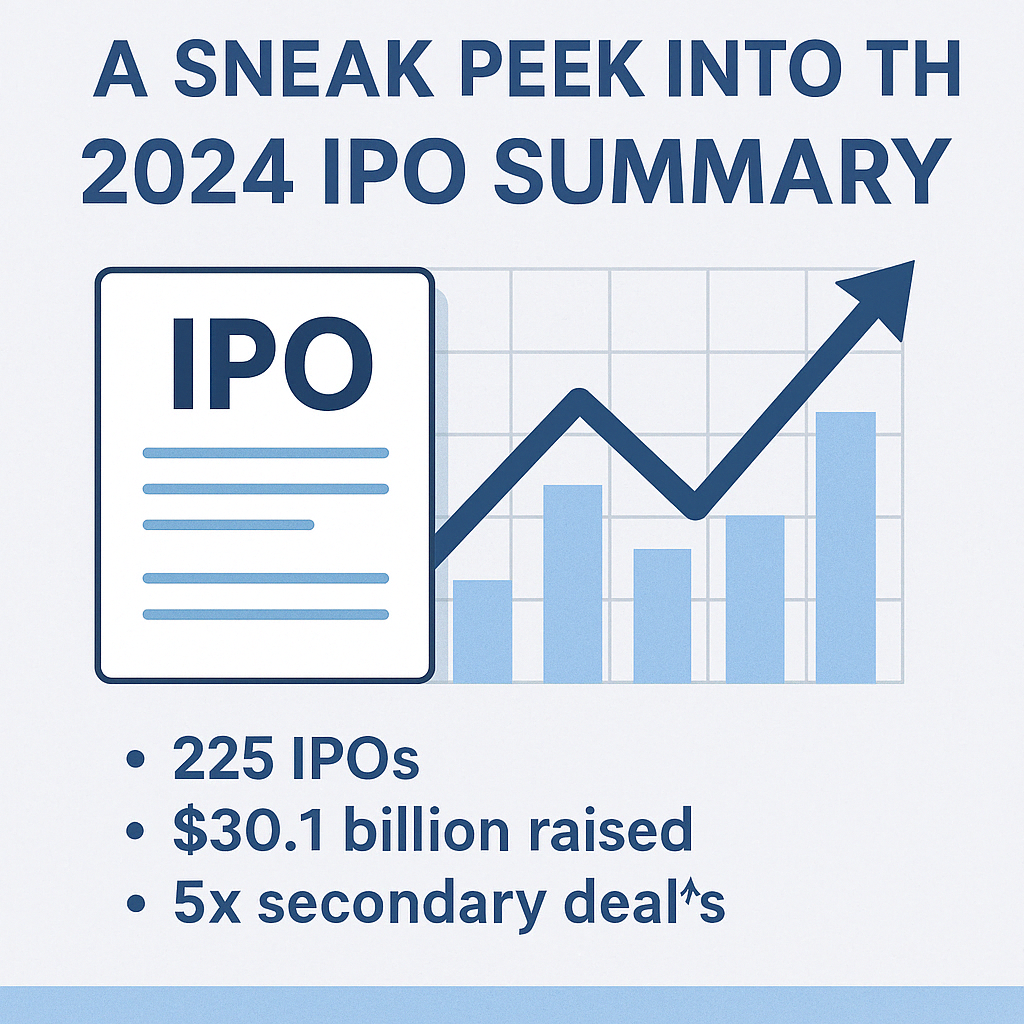
Enterprise risk management (ERM) is a framework for managing organizational risk. Organizational risk is a broad term. It can encompass concerns ranging from ensuring employee safety and securing sensitive data to meeting statutory regulations and stopping financial fraud. Risk can be internal, such as equipment malfunctions, or external, such as natural disasters. What is considered risk varies from one entity to another. Hence, risk management responses do two things: protect the enterprise from harm and create opportunities to improve business performance.
But what is an ERM framework? With a number of enterprise risk management frameworks available, knowing which to choose can be a challenge. How do you determine the best ERM framework? And how do you implement your chosen framework?
Risk management helps to enable business continuity and formed key part of ERM process. Business Continuity Management (BCM) is a management process that businesses use to identify potential threats and plan ahead in case those threats are realized, ensuring that the company can meet on its obligations to customers, suppliers, and employees.
As companies strategically manage risk by rapidly identifying, prioritizing and responding to risks wherever they originate, here are some key actions that will help to accelerate the ERM adaptation process.
Establish a Senior-Level Steering Committee
It is essentially vital to have the senior management on board in the development of the ERM framework journey. Besides indicating ERM importance at all levels of management, the Steering Committee will play a key role in determining accountabilities and roles within the ERM framework.
Risk Identification
Risk management team need to work seamlessly with cross-region, functions and business units to build comprehensive list of organisational risks. Identify top emerging key risks, including their likelihood and impact, and any mitigating controls in place in and establishing dynamic risk responses.
Document the Risks and Risk Appetite and Risk Prioritization
Once the company identified the organization’s risks, ensure every business functions or business units document them in a risk register. Ensure that this documents not just risks, but also approach to dealing with them. Then, prioritise these risks and put mitigation plans in place.
Establish ERM Methodology
Develop a methodology for the ERM Framework. This should include definitions of key risk terms, descriptions of roles and responsibilities, and clear procedures for risk identification, assessment, measurement, mitigating, monitoring, and reporting.
A number of leading ERM frameworks such as COSO ERM Integrated Framework, ISO 31000 ERM Framework, RIMS Risk Maturity Model @ ERM Framework, COBIT ERM Framework.
ERM Risk Monitoring
ERM and implementing an ERM framework isn’t a “once and done” exercise. It involves continuous monitoring of the risks in today’s volatile world.
Related Posts
Roadmap to ESG Reporting and Assurance
Globally, the International Sustainability Standards Board (ISSB) was formed in November 2021 alongside the International…
Effects of Climate-related matters on Financial Statements Reporting (FRS Standards)
Most recently in June 2023, the International Sustainability Standards Board (ISSB) issued IFRS S1 General…










